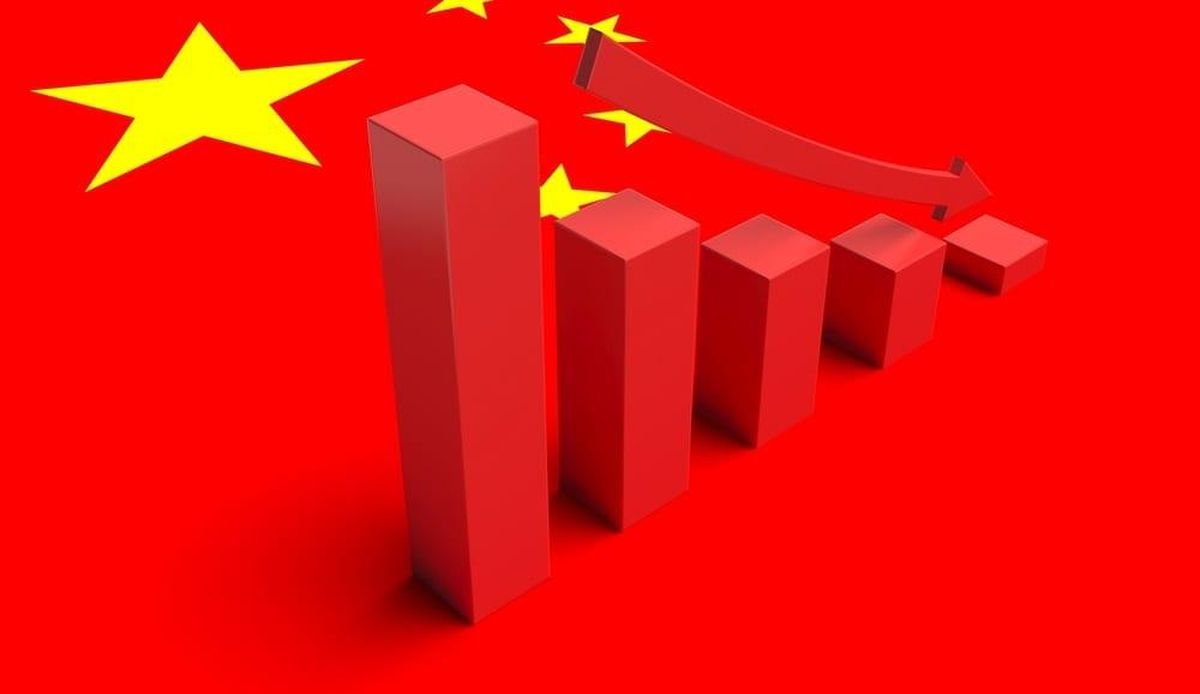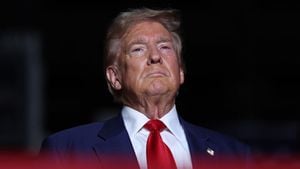The past few months have not produced the hoped-for rebound in China’s economy. Economic activity has been lacklustre and demand is weak because consumer and business confidence remains at multi-year lows. The real estate sector shows no signs of bottoming out, and inflation is so low there are fears China could get stuck in a Japan-like deflationary trap. This economic situation has sparked numerous downgrades by financial institutions and raised concerns about China entering a dangerous phase of economic adjustment.
Interestingly, there exists another side to the picture. Recently, China has achieved some impressive milestones, becoming a global leader in various competitive sectors, including electric vehicles, batteries, and solar panels. Not to mention, its economy is slowly reducing its unhealthy reliance on property development, and there are indications reforms may be on the horizon for areas like the treatment of migrant workers and tax revenue distribution among different government levels.
Considering all these factors, experts agree China's economic future remains uncertain. It's gone through dramatic restructuring over the last two decades, which complicates predictions based on historical trends. The recent changes hint at new dynamics, making it difficult to gauge how these developments will play out.
Despite improvements earlier this year, economic data has not turned encouraging overall. Domestic demand is one of the major weaknesses. A central bank survey released recently indicates consumers are opting to save rather than spend on goods and services. Even when tourism spending saw a seasonal boost, retail sales growth remained sluggish at only around 2.7% compared to the previous year. Surveys from purchasing managers confirm this cautious outlook; many companies are hesitant to hire new staff, which keeps the labor market under pressure.
The fixed asset investment sector has also seen significant deceleration, with capital spending by private companies stagnated. There are credible reports of capital flight, with many business owners seeking to move their money out of the country.
On the other hand, industrial production growth has been relatively stable, reporting around 5% recently. Still, the challenge lies in whether this production growth can keep pace with demand, which currently remains low. The findings from the central bank survey highlight consumer preferences shifting toward spending on services like entertainment and tourism, rather than durable goods.
Further complicators come from the real estate sector, which continues to drag down the economy. The value of new home sales by the top 100 property development companies plummeted by 26.8% year-over-year as of August, worsening the 19.7% decline witnessed the month before.
The low inflation figures present another hurdle. On one hand, producer prices fell by 1.8% in August—an alarming drop compared to July's 0.8% fall. Meanwhile, consumer prices barely rose by just 0.6%, primarily due to supply disruptions of fruit and vegetables caused by adverse weather conditions. Non-food prices are scarcely moving as well.
Despite supportive monetary policies from the central government, the outcomes have been underwhelming. An earlier directive to over 200 cities to buy unsold homes with the aim of curbing oversupply has seen only minimal follow-through, with only 29 cities implementing effective measures.
Another concern is the underwhelming infrastructure spending by local governments. Investment related to infrastructure has slowed down to only 4.9% year-on-year from January to July, down from 5.4% during the first half of the year.
Bearing this backdrop, observers are beginning to call for sharper policy responses. Former central bank governor Yi Gang has urged for faster actions to counter deflationary pressures, emphasizing the need for authorities to revive the GDP deflator—which is used to gauge underlying inflation—back to growth. Huang Yiping, a former member of the central bank's monetary policy committee, expressed frustration at the reluctance of policymakers to adopt the aggressive methods seen elsewhere around the globe.
So what does the future hold for China's economic outlook? A lot will depend on resolving some pressing questions: Will the painful adjustments currently affecting the economy finally yield positive outcomes, and what pathways will the government take to stimulate growth?
With these issues hovering over the economic horizon, there is continued speculation surrounding what can be expected from China. Until consumer and business confidence levels increase, many experts anticipate more volatility moving forward.
At this point, attention is particularly focused on China's effects on its biggest trading partner, Australia. The Australian economy is heavily reliant on China, which currently finds itself sliding down a deflationary spiral, threatening Australian exports significantly.
Reports suggest one-third of all Australian exports are directed toward China. Consequently, any weakness—particularly concerning exports such as iron ore—could reverberate poorly across Australia's financial ledger. Mining has long been touted as Australia's economic backbone, providing lucrative jobs and contributing significantly to tax revenue. Nonetheless, recent redundancies reported from Western Australian mining jobs raise concerns about the stability of this foundational industry.
China's downturn has the potential to instigate interest rate cuts within Australia, presenting both risks and rewards. While cut rates might offer some relief to struggling consumers, they could also jeopardize the industry supporting the national economy.
Australia's Reserve Bank is under pressure to navigate these complex economic challenges, pushing toward monetary policy adjustments. Indeed, recent data shows Chinese GDP growth slipping to about 4.7%, marking a stark decline from previous performance levels. The net result has been deflationary forces taking hold, with hints of inflation hovering around zero since mid-2023.
Compounding the problems at hand, the rapid decline of commodity prices globally, particularly for iron ore—Australia’s largest export to China—and oil have left their mark. Since mid-year, iron ore prices have plummeted by 25%, resting around $91.50 per tonne. Similarly, the price of West Texas Intermediate oil has seen drops of about 27% to roughly $66 per barrel.
Such trends are indicative of falling global demand, with pressures continuing to mount on the Australian economy. The once healthy international trade surplus, previously varying between $10 to $15 billion per month through 2022 and early 2023, feels the strain as it has dipped to approximately $5 billion since April 2024 due to the downturn linking back to China.
These contractions erode national income as the instability of companies dependent on exports to China drives share prices down and growth stalls.
Policymakers will inevitably face the challenge of how best to insulate the Australian economy from the effects of China’s economic maladies. While Australia cannot control China's growth rate, it can enact measures to safeguard against the impacts, including adjusting the Reserve Bank of Australia’s interest rate policies. Recent trends imply possible cuts might not just be favorable; they could become necessary due to the disappointing growth predictions and deteriorations on the trade surplus.
With economic indicators presenting declining inflation, rising unemployment, and stagnant growth, cutting interest rates may soon appear as the most sensible option to stabilize the domestic economy and stave off broader economic malaise.
While Australia's economic situation is delicately balanced, the ties to China's economic condition create significant risks. Policymakers are caught between fostering growth at home and adjusting to the unpredictable dynamics across the sea—balancing act many experts agree bears close watching.




